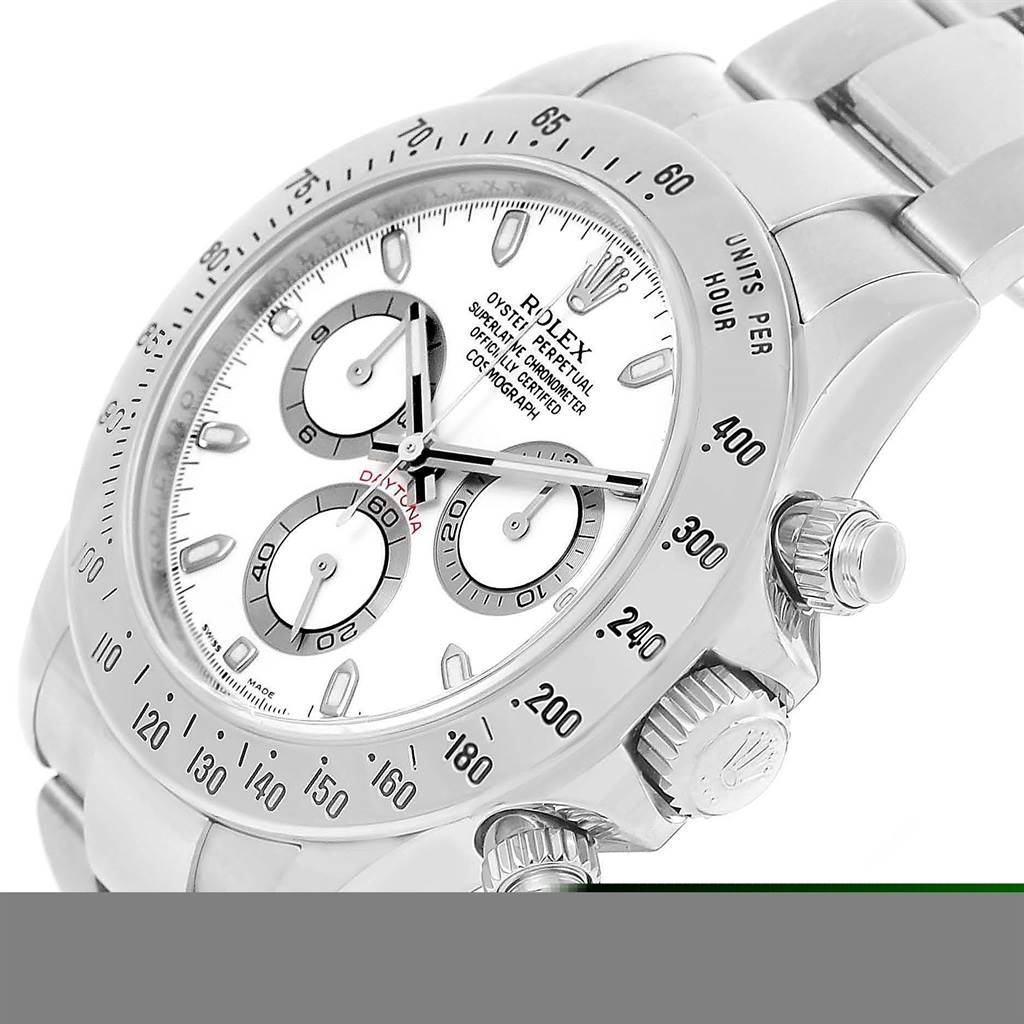The luxury watch market is a fascinating blend of craftsmanship, art, and technology that has attracted collectors and enthusiasts for centuries. Rolex, one of the most recognized and prestigious watch brands, has been a key player since its inception. Here, we will comprehensively compare Rolex watches with other well-known luxury watch brands, focusing on history, craftsmanship, design, technological innovation and investment value. If you are considering buying a luxury watch online or selling a luxury watch online, this guide will help you make an informed decision.
Rolex was founded in 1905 in London by Hans Wilsdorf and Alfred Davis. The brand has been recognized for producing high-quality, reliable timepieces since its early days. Some key milestones include the development of the first water- and dust-resistant watch, called the Oyster, in 1926, and the invention of the first self-winding mechanism, called the perpetual calendar movement, in 1931.
Daytona – Launched in 1963, the Rolex Daytona was a highly sought-after timepiece designed for racing drivers. Its precise and reliable movement, combined with its timeless design, has made it a timeless favorite among collectors and enthusiasts alike.
Datejust – Introduced in 1945, the Datejust is known for its elegance and versatility. Its instantly recognizable date window and Cyclops lens made it a staple in the Rolex lineup. GMT-Master II – Originally designed for pilots in 1955, the GMT-Master II features a 24-hour rotating bezel that allows the wearer to track multiple time zones simultaneously, making it a popular choice for world travelers.
However, Patek Philippe’s watches embody timeless elegance and refinement, often featuring intricate guilloché dials, slim profiles and classic complications such as perpetual calendars and moon phases. On the other hand, Audemars Piguet revolutionized the luxury sports watch segment with its groundbreaking Royal Oak, featuring a bold geometric design and an integrated bracelet. The brand continues to push the boundaries of design and materials by employing unconventional elements such as ceramic and forged carbon.
